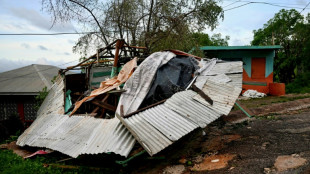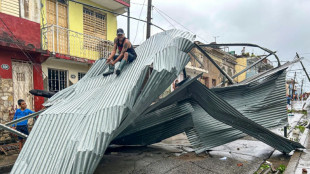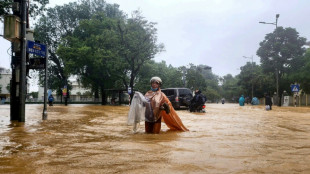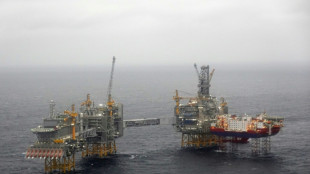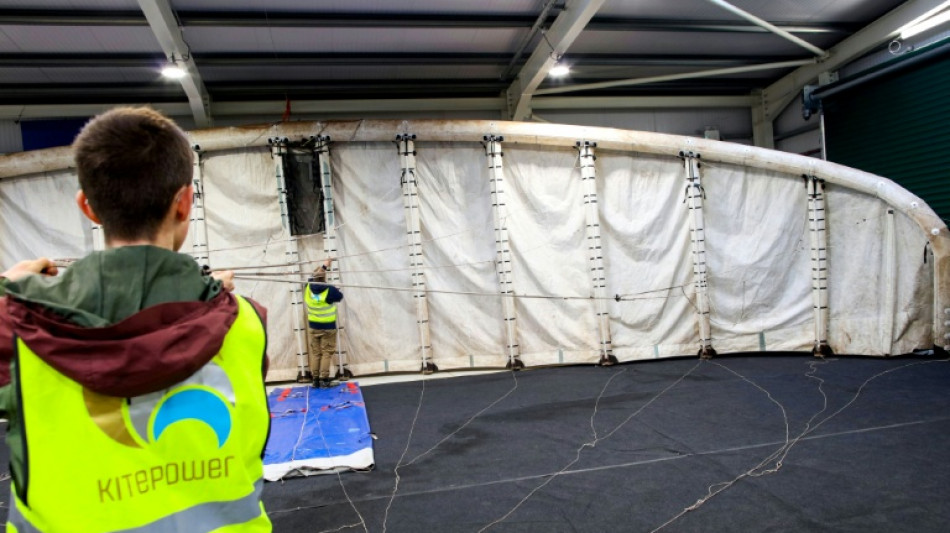
-
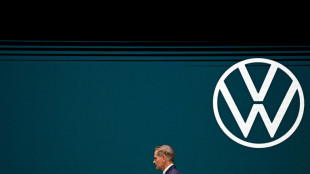 Volkswagen posts 1-billion-euro loss on tariffs, Porsche woes
Volkswagen posts 1-billion-euro loss on tariffs, Porsche woes
-
'Fight fire with fire': California mulls skewing electoral map
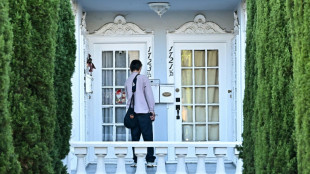
-
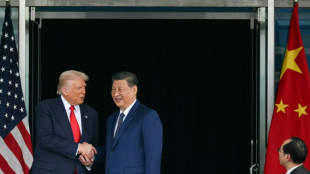 Fentanyl, beans and Ukraine: Trump hails 'success' in talks with Xi
Fentanyl, beans and Ukraine: Trump hails 'success' in talks with Xi
-
'Nowhere to sleep': Melissa upends life for Jamaicans
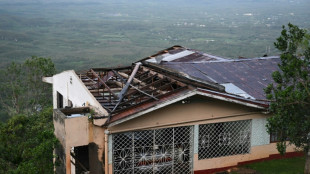
-
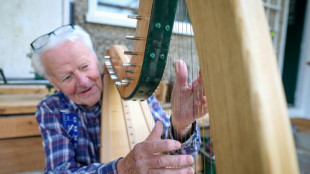 Irish octogenarian enjoys new lease on life making harps
Irish octogenarian enjoys new lease on life making harps
-
Tanzania blackout after election chaos, deaths feared

-
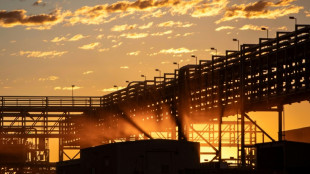 G7 meets on countering China's critical mineral dominance
G7 meets on countering China's critical mineral dominance
-
Trump hails tariff, rare earth deal with Xi

-
 Court rules against K-pop group NewJeans in label dispute
Court rules against K-pop group NewJeans in label dispute
-
India's Iyer says 'getting better by the day' after lacerated spleen

-
 Yesavage fairytale carries Blue Jays to World Series brink
Yesavage fairytale carries Blue Jays to World Series brink
-
Bank of Japan keeps interest rates unchanged

-
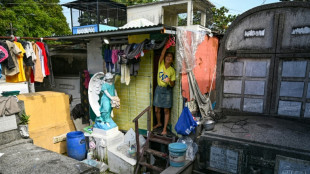 Impoverished Filipinos forge a life among the tombstones
Impoverished Filipinos forge a life among the tombstones
-
Jokic posts fourth straight triple-double as Nuggets rout Pelicans

-
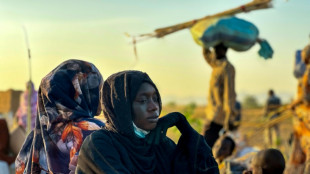 UN calls for end to Sudan siege after mass hospital killings
UN calls for end to Sudan siege after mass hospital killings
-
Teenage Australian cricketer dies after being hit by ball
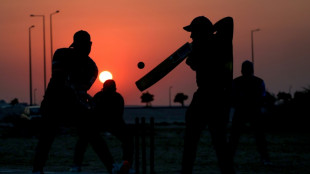
-
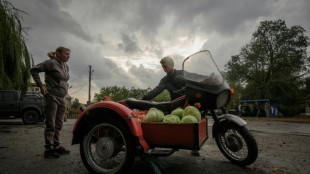 As Russia advances on Kupiansk, Ukrainians fear second occupation
As Russia advances on Kupiansk, Ukrainians fear second occupation
-
Trade truce in balance as Trump meets 'tough negotiator' Xi

-
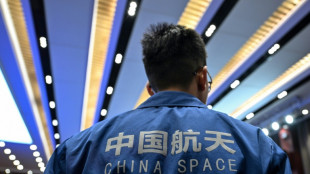 China to send youngest astronaut, mice on space mission this week
China to send youngest astronaut, mice on space mission this week
-
Yesavage gem carries Blue Jays to brink of World Series as Dodgers downed

-
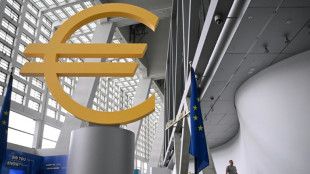 With inflation under control, ECB to hold rates steady again
With inflation under control, ECB to hold rates steady again
-
Asia stocks muted with all eyes on Trump-Xi meeting
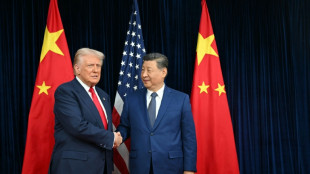
-
 Personal tipping points: Four people share their climate journeys
Personal tipping points: Four people share their climate journeys
-
Moto3 rider Dettwiler 'no longer critical' after crash: family

-
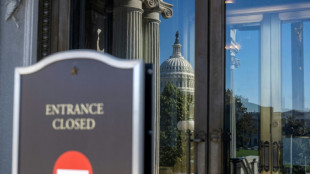 US economy in the dark as government shutdown cuts off crucial data
US economy in the dark as government shutdown cuts off crucial data
-
Trump orders nuclear testing resumption ahead of Xi talks

-
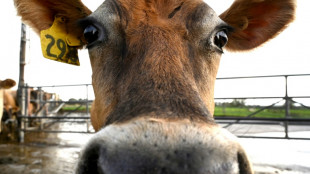 'Utter madness': NZ farmers agree dairy sale to French group
'Utter madness': NZ farmers agree dairy sale to French group
-
Samsung posts 32% profit rise on-year in third quarter

-
 30 years after cliffhanger vote, Quebec separatists voice hope for independence
30 years after cliffhanger vote, Quebec separatists voice hope for independence
-
Taxes, labor laws, pensions: what Milei wants to do next

-
 South Sudan's blind football team dreams of Paralympic glory
South Sudan's blind football team dreams of Paralympic glory
-
US says 4 killed in new strike on alleged Pacific drug boat
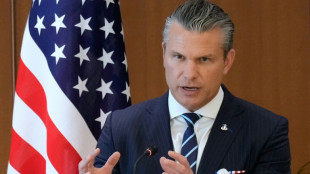
-
 What we do and don't know about Rio's deadly police raid
What we do and don't know about Rio's deadly police raid
-
'They slit my son's throat' says mother of teen killed in Rio police raid

-
 Arteta hails 'special' Dowman after 15-year-old makes historic Arsenal start
Arteta hails 'special' Dowman after 15-year-old makes historic Arsenal start
-
Google parent Alphabet posts first $100 bn quarter as AI fuels growth

-
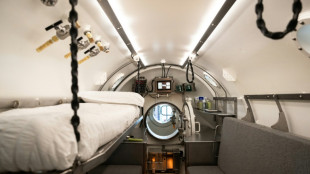 Underwater 'human habitat' aims to allow researchers to make weeklong dives
Underwater 'human habitat' aims to allow researchers to make weeklong dives
-
Maresca slams Delap for 'stupid' red card in Chelsea win at Wolves

-
 'Non-interventionist' Trump flexes muscles in Latin America
'Non-interventionist' Trump flexes muscles in Latin America
-
Slot defends League Cup selection despite not meeting 'Liverpool standards'

-
 'Poor' PSG retain Ligue 1 lead despite stalemate and Doue injury
'Poor' PSG retain Ligue 1 lead despite stalemate and Doue injury
-
Liverpool crisis mounts after League Cup exit against Palace

-
 Kane scores twice as Bayern set European wins record
Kane scores twice as Bayern set European wins record
-
Radio Free Asia suspends operations after Trump cuts and shutdown
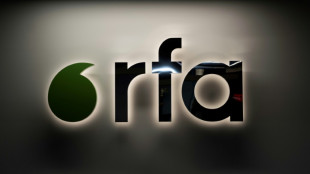
-
 Meta shares sink as $16 bn US tax charge tanks profit
Meta shares sink as $16 bn US tax charge tanks profit
-
Dollar rises after Fed chair says December rate cut not a given
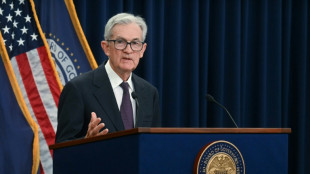
-
 Google parent Alphabet posts first $100 bn quarter as AI drives growth
Google parent Alphabet posts first $100 bn quarter as AI drives growth
-
Rob Jetten: ex-athlete setting the pace in Dutch politics

-
 Juve bounce back after Tudor sacking as Roma keep pace with leaders Napoli
Juve bounce back after Tudor sacking as Roma keep pace with leaders Napoli
-
Favorite Sovereignty scratched from Breeders' Cup Classic after fever
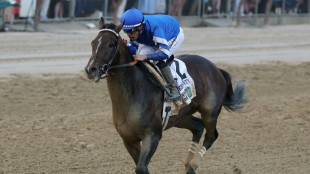

'Let's go fly a kite': Capturing wind for clean energy in Ireland
On Ireland's blustery western seaboard researchers are gleefully flying giant kites -- not for fun but in the hope of generating renewable electricity and sparking a "revolution" in wind energy.
"We use a kite to capture the wind and a generator at the bottom of it that captures the power," Padraic Doherty of Kitepower, the Dutch firm behind the venture, told AFP.
At its test site in operation since September 2023 near the small town of Bangor Erris, the team transports the vast 60-square-metre (645,000-square-feet) kite from a hangar across the lunar-like bogland to a generator.
The kite is then attached by a cable tether to the machine and acts like a "yo-yo or fishing reel", Doherty said.
"It gets cast out and flies up, the tether pulls it back in, over and over again, creating energy," he said, testing the kite's ropes and pulleys before a flight.
The sparsely populated spot near the stormy Atlantic coast is the world's first designated airborne renewable energy test site.
And although the idea is still small in scale, it could yet prove to be a mighty plan as Ireland seeks to cut its reliance on fossil fuels such as oil and gas.
"We are witnessing a revolution in wind energy," said Andrei Luca, operations head at Kitepower, a zero-emissions energy solutions spin-off from the Delft University of Technology.
"It took nearly 25 years for wind turbines to evolve from 30 kilowatt prototypes to megawatt scale, and decades to offshore wind farms we see today," he added.
The system flies autonomously, driven by software developed at the university in the Netherlands, but Doherty acts as the kite's "pilot" on the ground, monitoring its flight path for efficiency.
The kite flies up around 400 metres (1,300 feet) and reels in to about 190 metres, generating around 30 kilowatts per hour for storage.
The force spins "like a dynamo on a bike", Doherty said, adding that "it generates up to two and a half tonnes of force through each turn".
The electricity is stored in batteries, similar to solar photovoltaic systems, with the kite currently able to fully charge a 336 kilowatt per hour battery.
"That's a meaningful amount of energy, sufficient for powering a remote outpost, a small island, polar station, or even a construction site," Luca said.
"Add additional kites and we can power a bigger island."
- 'Mobile, flexible' -
According to Doherty, a chief advantage of the kite system is its flexibility and swift start-up capability.
"We can set up in 24 hours and can bring it anywhere, it's super mobile, and doesn't need expensive, time- and energy-consuming turbine foundations to be built," he said.
A kite system is "way less invasive on the landscape (than wind turbines), produces clean energy and doesn't need a supply chain of fuel to keep running", Luca added.
During January's Storm Eowyn, which caused widespread and long-lasting power outages in Ireland, the system showed its value in Bangor Erris, according to Luca.
"Paired with a battery, it provided uninterrupted electricity before, during and after the storm," he said.
Ireland's wind energy sector has long been touted as full of potential.
But progress on large-scale delivery of onshore and offshore turbines has been held up by planning delays and electricity grid capacity constraints.
The Irish government has set ambitious targets for offshore wind energy to deliver 20 gigawatts of energy by 2040 and at least 37 gigawatts by 2050.
In 2024, Irish wind farms provided around a third of the country's electricity according to Wind Energy Ireland (WEI), a lobby group for the sector.
This compares to the UK where, according to trade association RenewableUK, wind energy from the country's combined wind farms first reached 20 gigawatts in November 2022.
The ability of airborne wind energy (AWE) systems to harness high-altitude winds with relatively low infrastructure requirements "makes them particularly suitable for remote, offshore or mobile applications," Mahdi Salari, an AWE researcher at University College Cork, told AFP.
But he said Kitepower would face challenges on "regulation, safety, and system reliability".
Such technology however could plug gaps in places where "land availability, costs or logistical constraints hinder the deployment of traditional wind turbines", Salari said.
By the 2030s, he said: "I expect AWE to contribute meaningfully to diversified, flexible and distributed renewable energy networks".
P.Staeheli--VB

